Home | News Archive | August 2015
AMD's Project Quantum showcases their R9 Fury in an incredible custom Mini-ITX chassis
August 27, 2015
AMD demonstrated their Project Quantum at E3 this year as a showcase for their shiny new R9 Fury GPU.
Project Quantum is a proof of concept created for AMD by the Mixer Design Group in Texas. PCWorld snagged and dissected unit #5 of around 12 units, revealing its cooling and powering secrets in all their glory.
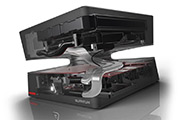 | 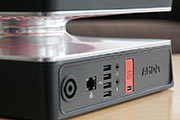 |
The nerve centre of the Quantum is an ASRock Z97E-ITX/ac Mini-ITX motherboard powered by a (shocker!) Intel i7-4790K processor.
This is no off the shelf board though. All the heatsinks and several of the front panel ports have been removed.The ATX power connector has been flipped through 90 degrees and fitted with a powerful DC converter. A meaty AC Adapter sits outside the case entirely, providing the DC converter with plenty of power.
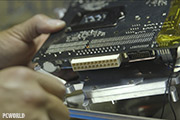 | 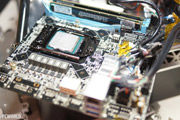 |
The cleverest part is the cooling - a custom milled Aluminium waterblock sandwiches the board and the GPU, which all sit in the bottom half of the case together with the SSD. A pump and 180mm radiator and 3D printed reservoir sit in the top half the case, connected to the bottom by 3D printed hoses.
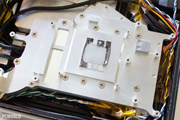 | 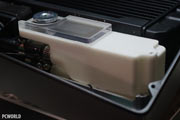 |
The Redstone PC is the Ultimate Mini-ITX Minecraft Machine
August 13, 2015
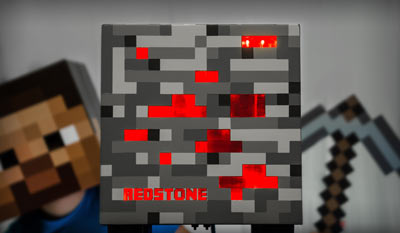
Spencer Kern put his skills as a 3D video game artist at Microsoft to good use when he created the Redstone PC.
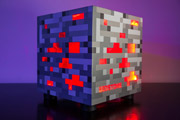 | 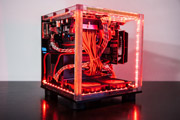 |
Inspired by a Minecraft redstone block, the Redstone PC is an 8.5in cube constructed from extruded acrylic bars and laser-cut acrylic sheets solvent welded with acrylic cement. The outer shell is decorated by custom vinyl decals covered with a clear poly finish to dissuade them from lifting off the surface.
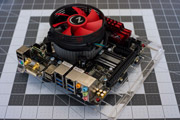 | 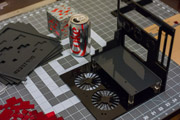 |
At the heart of his build is a Gigabyte GA-H97N WIFI Mini-ITX motherboard with an EVGA GTX 750Ti graphics card. The board is mounted upside down with strategically placed fans pulling air down and out of the bottom and rear of the case.
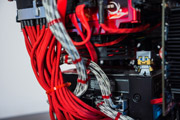 | 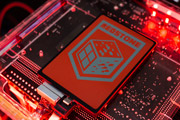 |
Spencer took several rolls of paracord and a crimp tool and braided all of his custom-made internal cables, and even designed an entirely new power button to match the rest of the case.
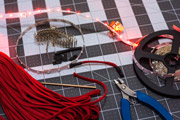 | 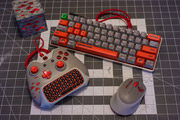 |
This clearly wasn’t enough work for Spencer. He also:
- Fitted internal LED lighting using light strands
- Designed a two colour decal for the SSD
- Customised a mouse, headphones and an Xbox One controller
- Designed and had custom key caps printed for a mechanical keyboard
*For the benefit of our few readers from undiscovered Patagonian tribes still unfamiliar with Minecraft - Redstone is a building block used to make rudimentary and often highly complex circuits.
Roundup of the First Wave of Intel Skylake Z170 Mini-ITX Boards
August 05, 2015
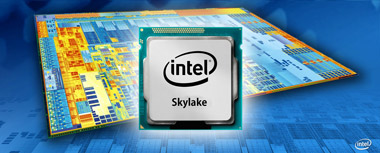
Intel have today officially announced their 6th Generation Desktop Processor Platform, aka Skylake-S. With Skylake comes 14nm lithography, updated Intel graphics, DDR4 support, a new range of '100 series' chipsets and most importantly a new socket type: Socket 1151. Yes - you will need a new memory, processor and motherboard type to make this upgrade.
The first Skylake compatible Mini-ITX boards to emerge over the past few weeks all use the 'Performance' Z170 chipset but boards using the 'Mainstream' H170 and 'Value' H110 chipsets together with the more business oriented B150, Q150 and Q170 chipsets will all follow.
This is our roundup of what we currently know about the first wave of Z170 Mini-ITX boards. Expect to see the boards hitting store shelves (including our own) in the next few weeks as boards are officially announced and supplies trickle through to vendors. We will update this story as new information emerges.
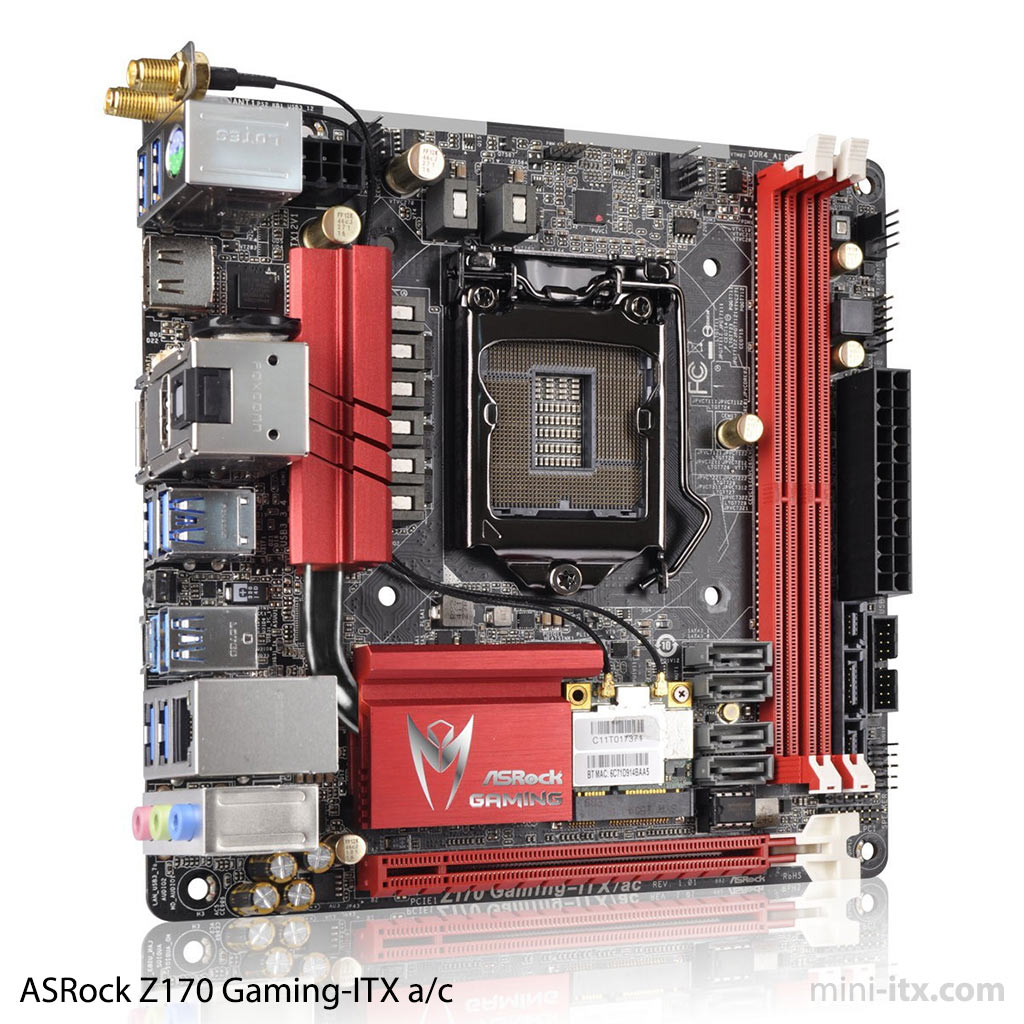
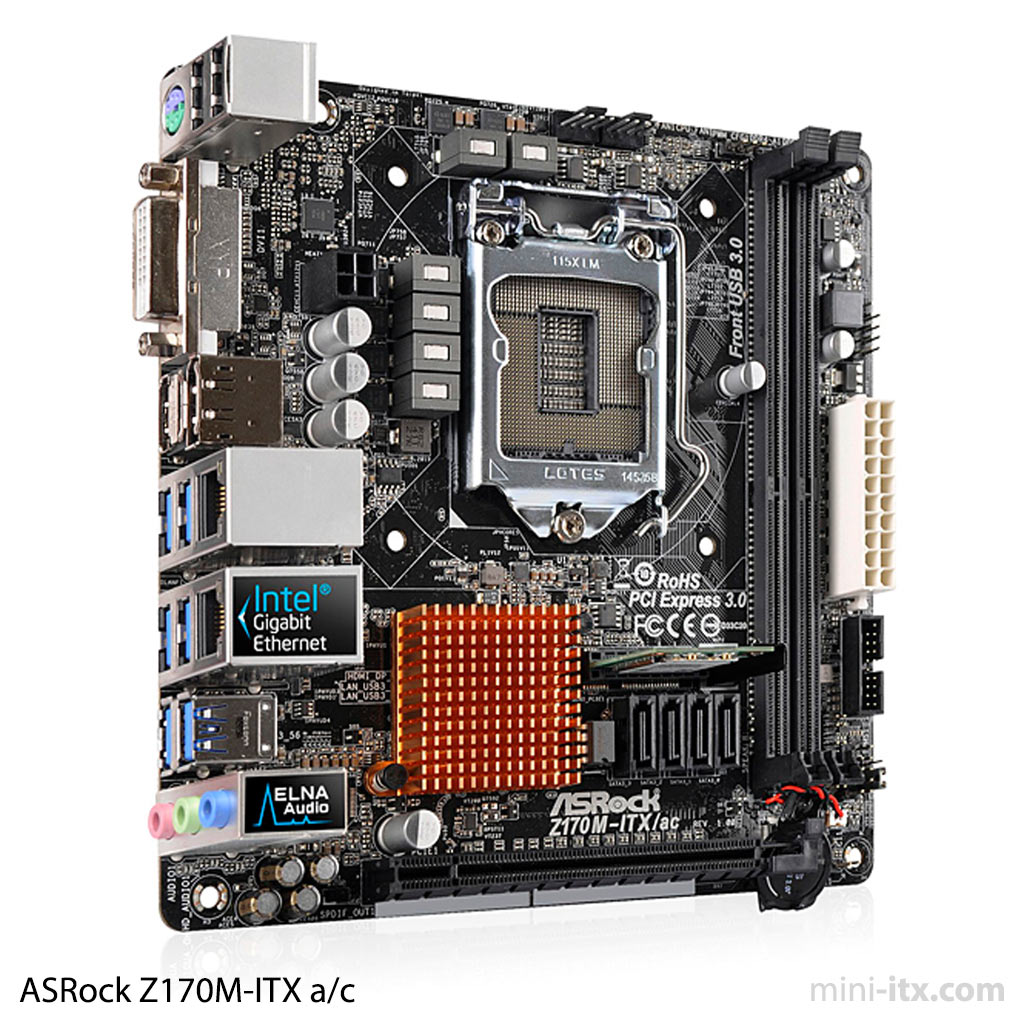
The ASRock Z170 Gaming-ITX/ac has Dual HDMI and DisplayPort on the back panel, together with Intel I219V LAN and both 3.5mm Analogue and Optical audio outputs powered by an ALC1150 codec. There are a healthy 7x USB 3.1 Type-A ports and a snazzy new reversible USB 3.1 Type-C port. Dual band 802.11ac WiFi internally connected to a half Mini PCI-E slot and a combo PS/2 keyboard/mouse port complete the back panel. On the board itself are 6x SATA 6Gb/s connectors, a SATA Express connector, the PCI Express x16 slot and 2x DDR4 memory slots. The board has an 8pin 12V connector.
The ASRock Z170M-ITX/ac has DVI, HDMI and DisplayPort on the back panel, together with both an Intel I219V LAN and Realtek RTL8111E LAN and 3.5mm Analogue audio outputs powered by an ALC892 codec. There are a 6x USB 3.0 ports, 2x USB 2.0 ports and a combo PS/2 keyboard/mouse port. The Dual band 802.11ac WiFi looks to be internally connected to a vertical Mini PCI-E slot. On the board itself are 4x SATA 6Gb/s connectors, possibly an M.2 slot on the underside (TBD), the PCI Express x16 slot and 2x DDR4 memory slots. The board has an 4pin 12V connector.
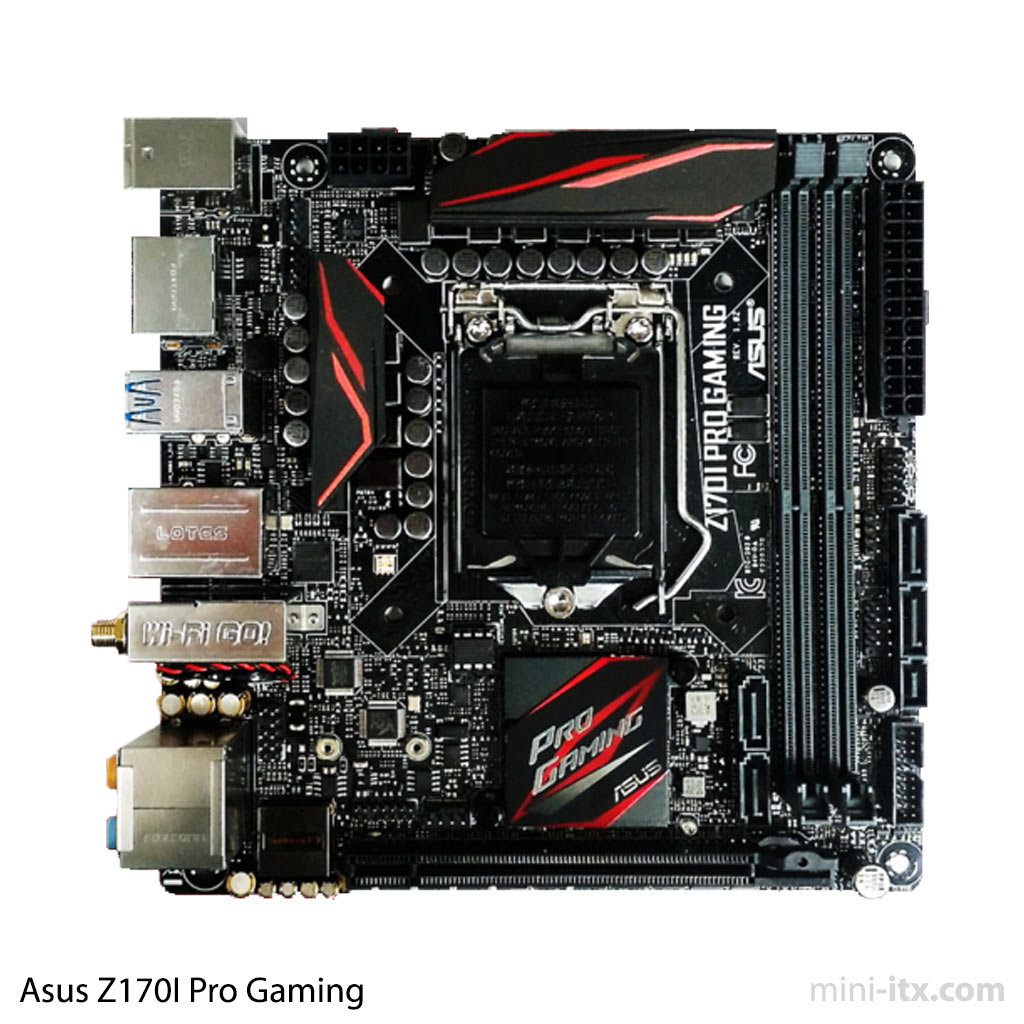
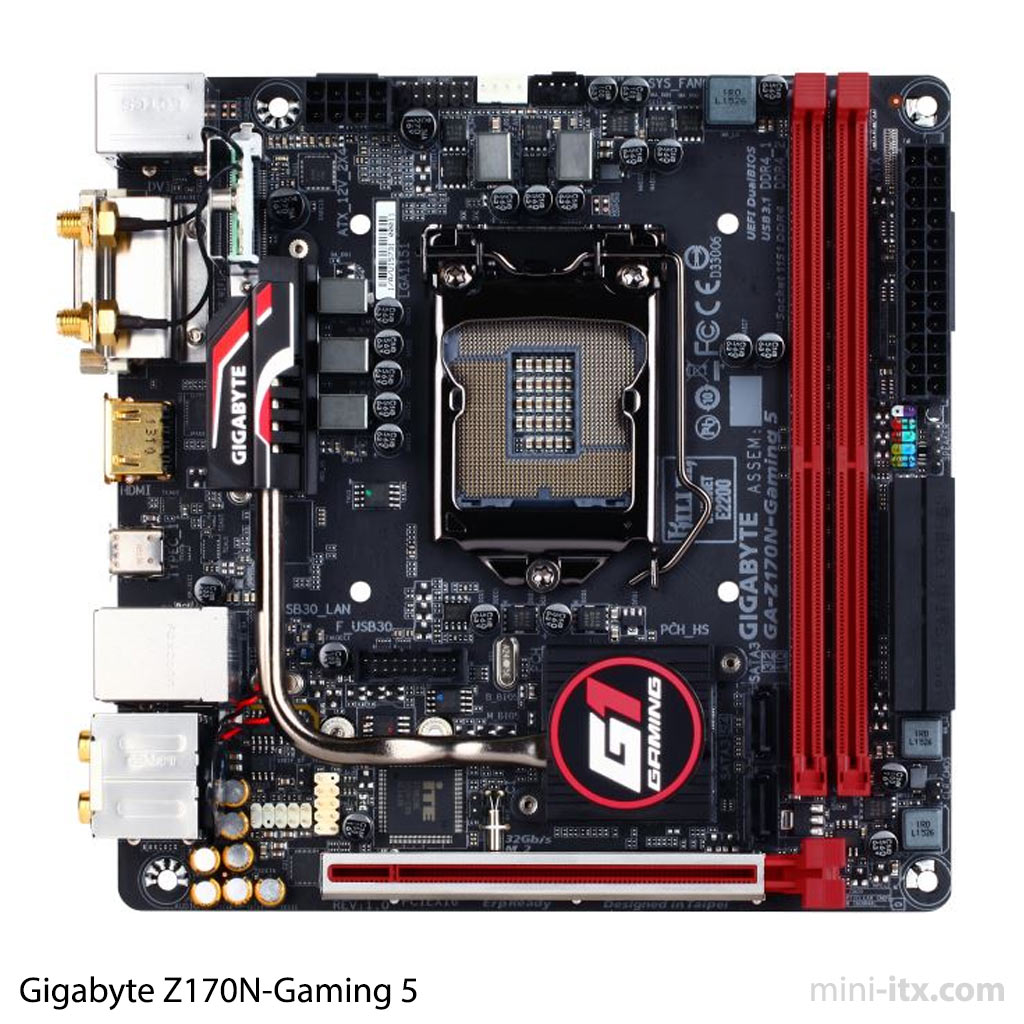
We only have a blurry picture of the Asus Z170i Pro Gaming board so far, but we can tell it has 4x SATA 6Gb/s and 1x SATA Express connector, onboard 802.11ac WiFi and most likely one LAN port. Unclear is the presence of USB 3.1 or M.2 SATA. The PCI Express x16 slot and 2x DDR4 memory slots are in their usual positions. The board has an 8pin 12V connector.
The Gigabyte Z170N-Gaming 5 has at least DVI and HDMI on the back panel, together with Gigabit LAN and a double stack of 3.5mm Analogue audio outputs. There are USB 3.1 ports and a USB 3.1 Type-C port. The Dual band 802.11ac WiFi is connected to a slot on the board with a vertically mounted Intel AC-8260 Mini PCI-E card, which supports Bluetooth 4.2. On the board itself are the PCI Express x16 slot and 2x DDR4 memory slots and 2x traditional vertical SATA 6Gb/s connectors and 4x SATA 6Gb/s and 2x SATA Express connectors mounted sideways on an edge connector. The board has an 8pin 12V connector.
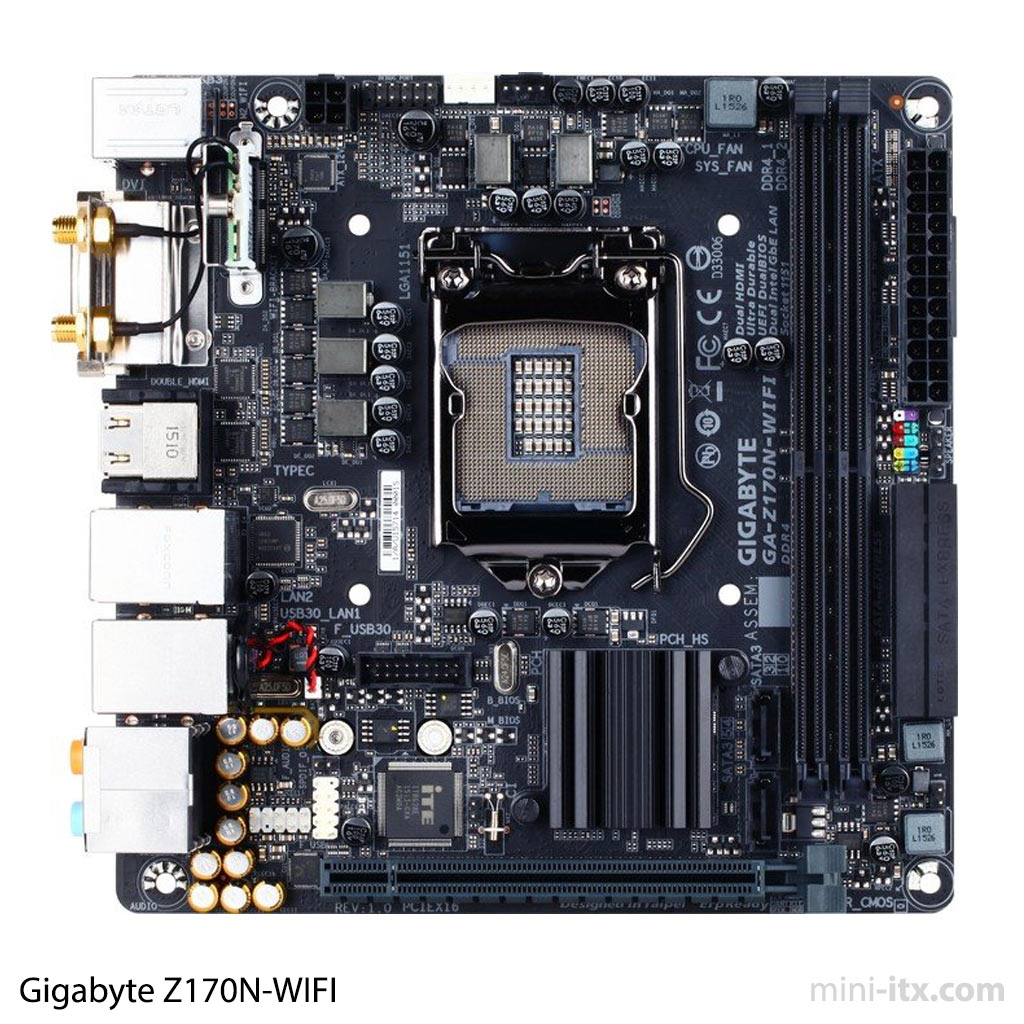
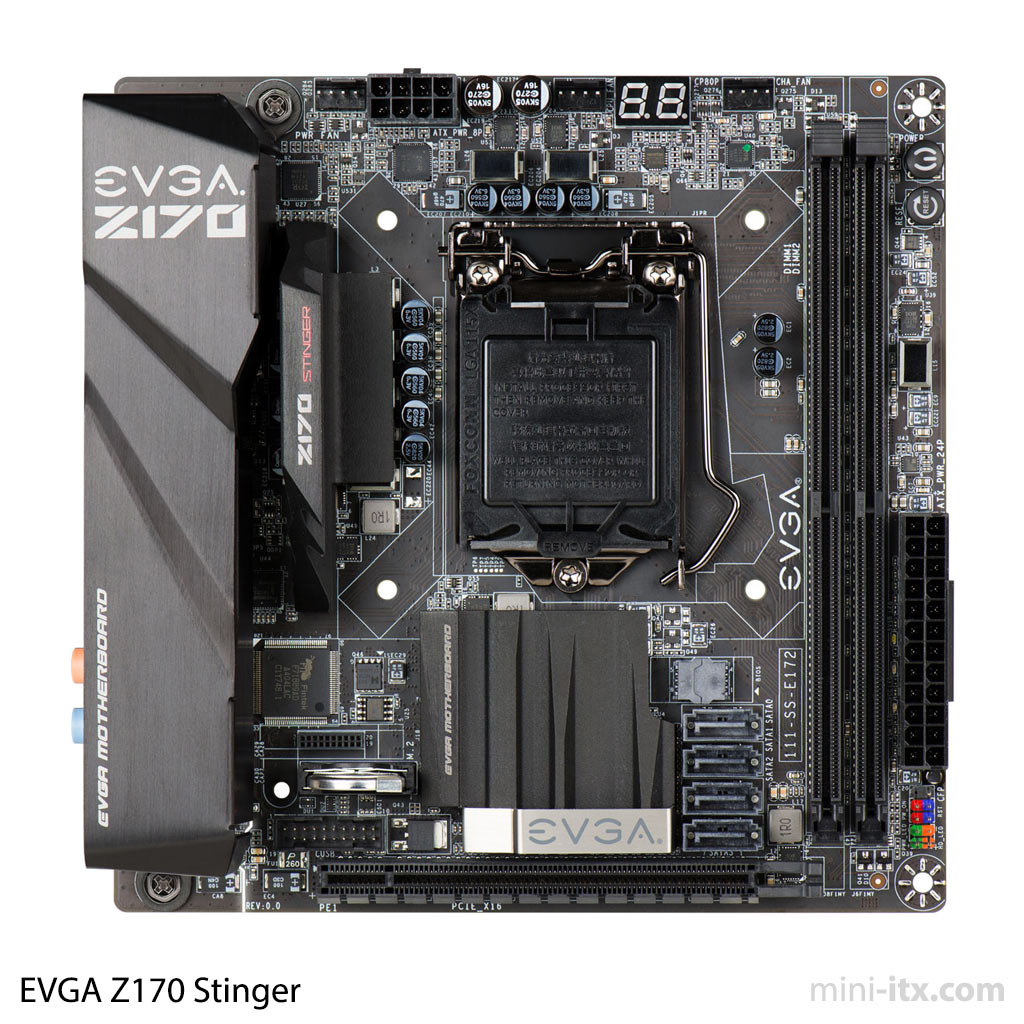
The Gigabyte Z170N-WIFI shares a lot of similarities with the Z170N-Gaming 5. It has Dual HDMI and DVI on the back panel, together with dual Intel I219V LAN ports and 5x 3.5mm Analogue and Optical audio outputs. There are 4x USB 3.1 Type-A ports and a USB 3.1 Type-C port. Dual band 802.11ac WiFi internally connected to a half Mini PCI-E slot and a combo PS/2 keyboard/mouse port complete the back panel. On the board itself are the PCI Express x16 slot and 2x DDR4 memory slots and 2x traditional vertical SATA 6Gb/s connectors and 4x SATA 6Gb/s and 2x SATA Express connectors mounted sideways on an edge connector. The board has an 4pin 12V connector.
The EVGA Z170 Stinger has HDMI and DisplayPort 1.2 on the back panel, together with Intel Gigabit LAN and both 3.5mm Analogue and Optical audio outputs. There are 6x USB 3.0 ports and 2x USB 2.0 ports. On the board itself are an E-type M.2 SATA connector (up to 32Gbps) , 4x SATA 6Gb/s connector, the PCI Express x16 slot and 2x DDR4 memory slots. The 10-layer board has an 8pin 12V connector and 2 digit LED display which can provide POST diagnostic codes and temperature information.
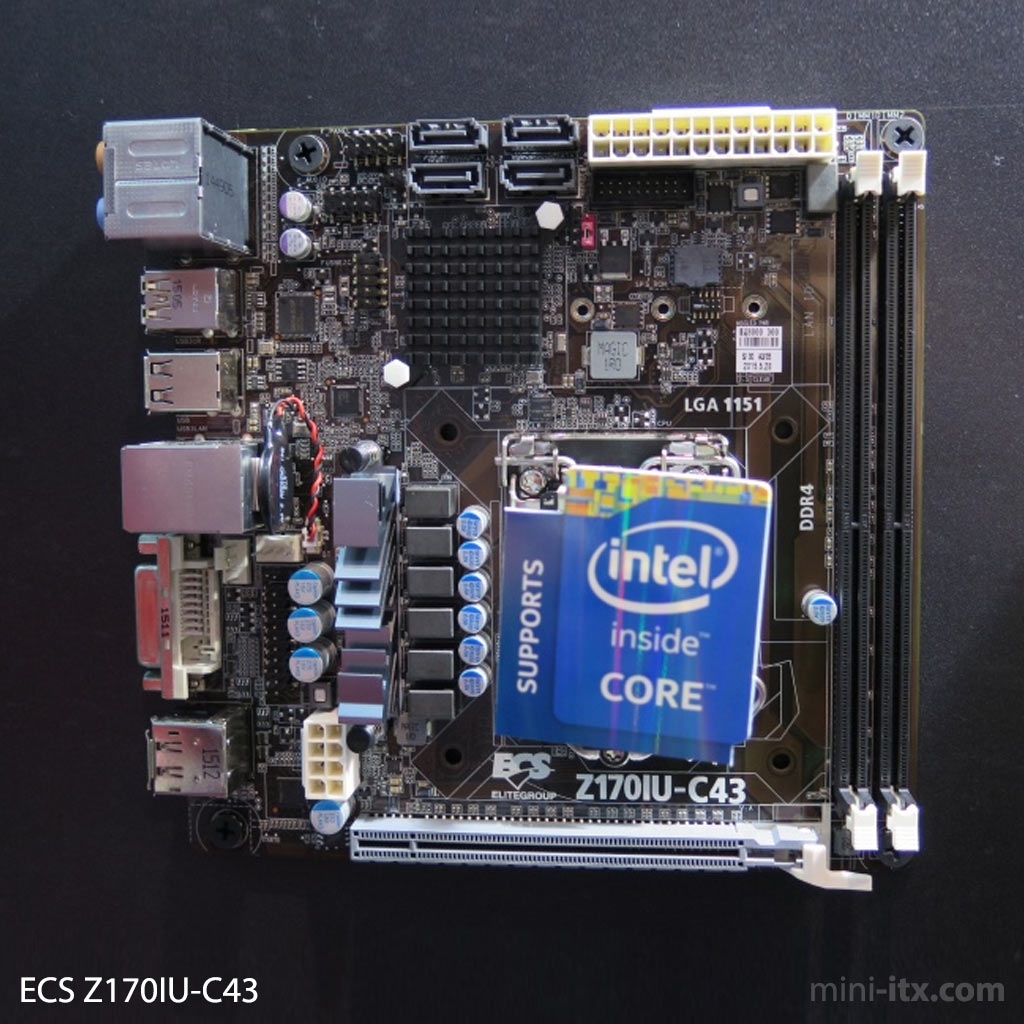
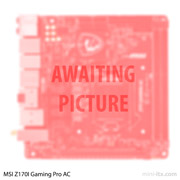
The ECS Z170IU-C43 is a more budget board with DVI and HDMI 2.0 on the back panel, together with Intel I219V Gigabit LAN and 3.5mm Analogue audio outputs powered by a Realtek ALC892 codec. There are 2x USB 3.1 ports and we think 4x USB 2.0 type ports. On the board itself are 4x SATA 6Gb/s connector, the PCI Express x16 slot and 2x DDR4 memory slots. The board has an 8pin 12V connector.
We've yet to find a picture of MSI's Z170I Gaming Pro AC, but expect it to have Intel I219V LAN, Intel 802.11ac WiFi and MSI's USB Audio Power to stabilise the 5V output for external USB audio devices, a Turbo M.2 SATA connector, no USB 3.1 connectors and the usual array of SATA and memory slots on the board.
 |
 |
 |
Quick Links
Mailing Lists:
Mini-ITX Store
Projects:
Show Random
Accordion-ITX
Aircraft Carrier
Ambulator 1
AMD Case
Ammo Box
Ammo Tux
AmmoLAN
amPC
Animal SNES
Atari 800 ITX
Attache Server
Aunt Hagar's Mini-ITX
Bantam PC
BBC ITX B
Bender PC
Biscuit Tin PC
Blue Plate
BlueBox
BMW PC
Borg Appliance
Briefcase PC
Bubbacomp
C1541 Disk Drive
C64 @ 933MHz
CardboardCube
CAUV 2008
CBM ITX-64
Coelacanth-PC
Cool Cube
Deco Box
Devilcat
DOS Head Unit
Dreamcast PC
E.T.PC
Eden VAX
EdenStation IPX
Encyclomedia
Falcon-ITX
Florian
Frame
FS-RouterSwitch
G4 Cube PC
GasCan PC
Gingerbread
Gramaphone-ITX-HD
GTA-PC
Guitar PC
Guitar Workstation
Gumball PC
Hirschmann
HTPC
HTPC2
Humidor 64
Humidor CL
Humidor II
Humidor M
Humidor PC
Humidor V
I.C.E. Unit
i64XBOX
i-EPIA
iGrill
ITX Helmet
ITX TV
ITX-Laptop
Jeannie
Jukebox ITX
KiSA 444
K'nex ITX
Leela PC
Lego 0933 PC
Legobox
Log Cabin PC
Lunchbox PC
Mac-ITX
Manga Doll
Mantle Radio
Mediabox
Mega-ITX
Micro TV
Mini Falcon
Mini Mesh Box
Mini-Cluster
Mobile-BlackBox
Moo Cow Moo
Mr OMNI
NAS4Free
NESPC
OpenELEC
Osh Kosh
Pet ITX
Pictureframe PC
Playstation 2 PC
Playstation PC
Project NFF
PSU PC
Quiet Cubid
R2D2PC
Racing The Light
RadioSphere
Restomod TV
Robotica 2003
Rundfunker
SaturnPC
S-CUBE
SEGA-ITX
SpaceCase
SpacePanel
Spartan Bluebird
Spider Case
Supra-Server
Teddybear
Telefunken 2003
TERA-ITX
The Clock
ToAsTOr
Tortoise Beetle
Tux Server
Underwood No.5
Waffle Iron PC
Windows XP Box
Wraith SE/30
XBMC-ION

